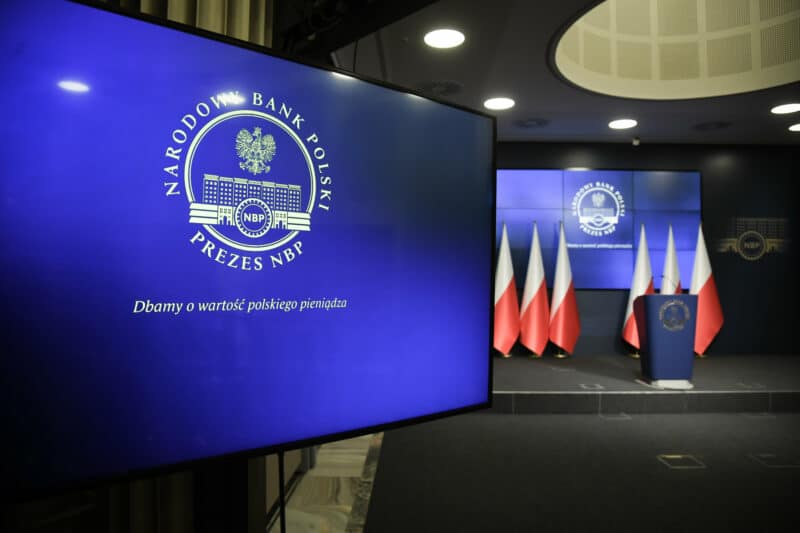Interest rates in Poland have remained unchanged, which is another consecutive decision since October to maintain interest rates at the same level. Furthermore, economists’ expectations and market participants indicate that interest rates are likely to be maintained until the end of this year. It also turns out that NBP is the most predictable bank in Europe and only a 25 basis points cut is expected by the end of this year, although expectations are much higher in other central banks.
Looking at the current interest rate levels, we can unanimously state that Poland currently has the highest rates in the European Union. Looking at Europe, of course, higher rates are seen in Russia and Turkey, but these are completely different economic, inflationary, or geopolitical cases. Moreover, Poland can boast one of the highest levels of real interest rates. Currently, our situation in terms of inflation very much resembles that of the Czech Republic or even the United Kingdom, and yet the Monetary Policy Council (RPP) is not considering cuts at this moment. The situation looks quite different in the Czech Republic. There, rates are already lower than in Poland and expectations indicate two further cuts in the next three months. In the case of the United Kingdom, the Bank of England has opened the door to a rate cut in June. In such a case, is the RPP waiting for cuts from other banks before starting to consider reductions in Poland?
Not long ago in Poland, we had a bleak scenario of inflation rebounding to 8%. With such strongly rebounding inflation, rate cuts would look odd. On the other hand, the expected price increases are a result of unfreezing energy prices and restoring the VAT rate on food to 5%. Nevertheless, it is already known that the unfreezing will only be partial, and stores have not necessarily decided on full increases resulting from the higher VAT. This is precisely why inflation will likely not reach 8%, and a level of 6% may also not be achieved. Ultimately, inflation will depend on many factors, such as commodity prices or wage dynamics. Nevertheless, with stabilization, an inflation level of 8% is already a thing of the past.
All this means that the topic of interest rate cuts may return this year. A possible discussion could start in late summer, similar to last year, but for completely different reasons. This time, it is necessary to wait to see what level the price dynamics stabilize at after the partial release of administered prices. Therefore, we may hear about cuts in September, and the move could likely be in December. This sets our modest market expectations at a level cut of 25 basis points.
However, maintaining the current position of the RPP is good news for the złoty. It should continue to be strong against the euro, pound, or franc. In all three cases, cuts from central banks are possible as early as June. The złoty does not have to be very strong against the dollar. Of course, a dollar for 4 zł seems to reflect the strength of our currency, but on the other hand, the best period is already behind us, and a seasonal weakening of the złoty is possible during the vacation period.
After the decision, the złoty behaved stably and moderately gained, although at the same time weaker data from the USA led to the fact that we pay below 4 zł for a dollar. Specifically, the USDPLN pair is quoted at 3.9874 zł, we pay 4.2903 zł for a euro, 4.9833 zł for a pound, while 4.3967 zł for a franc
Author: Michał Stajniak, Deputy Director of the Analysis Department at XTB
